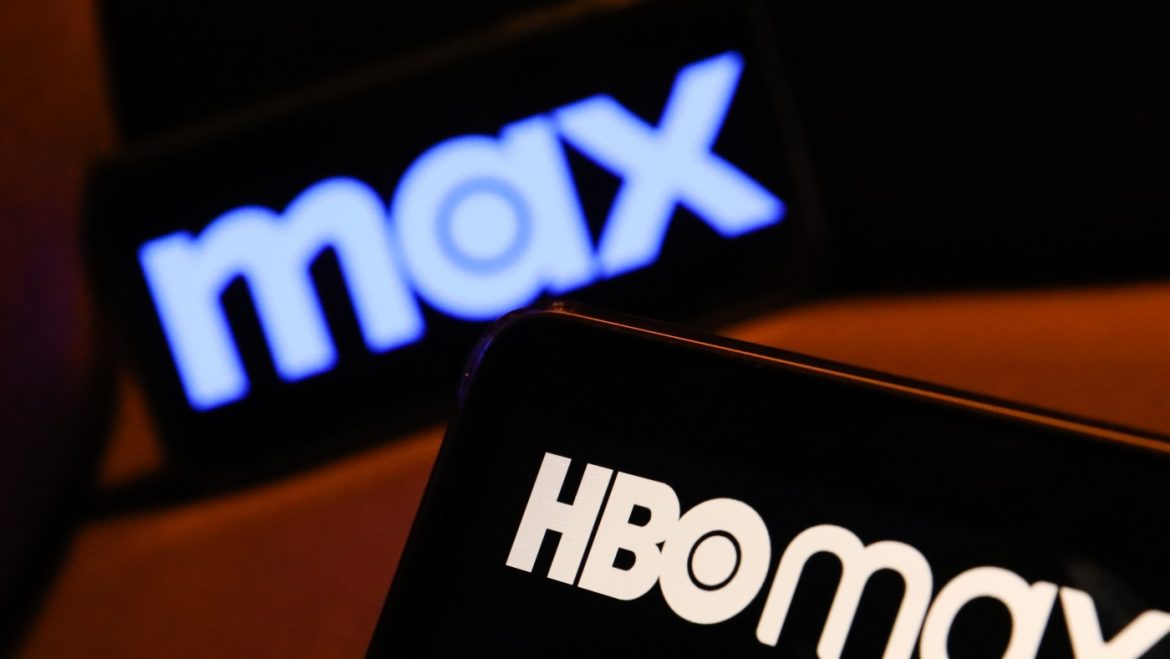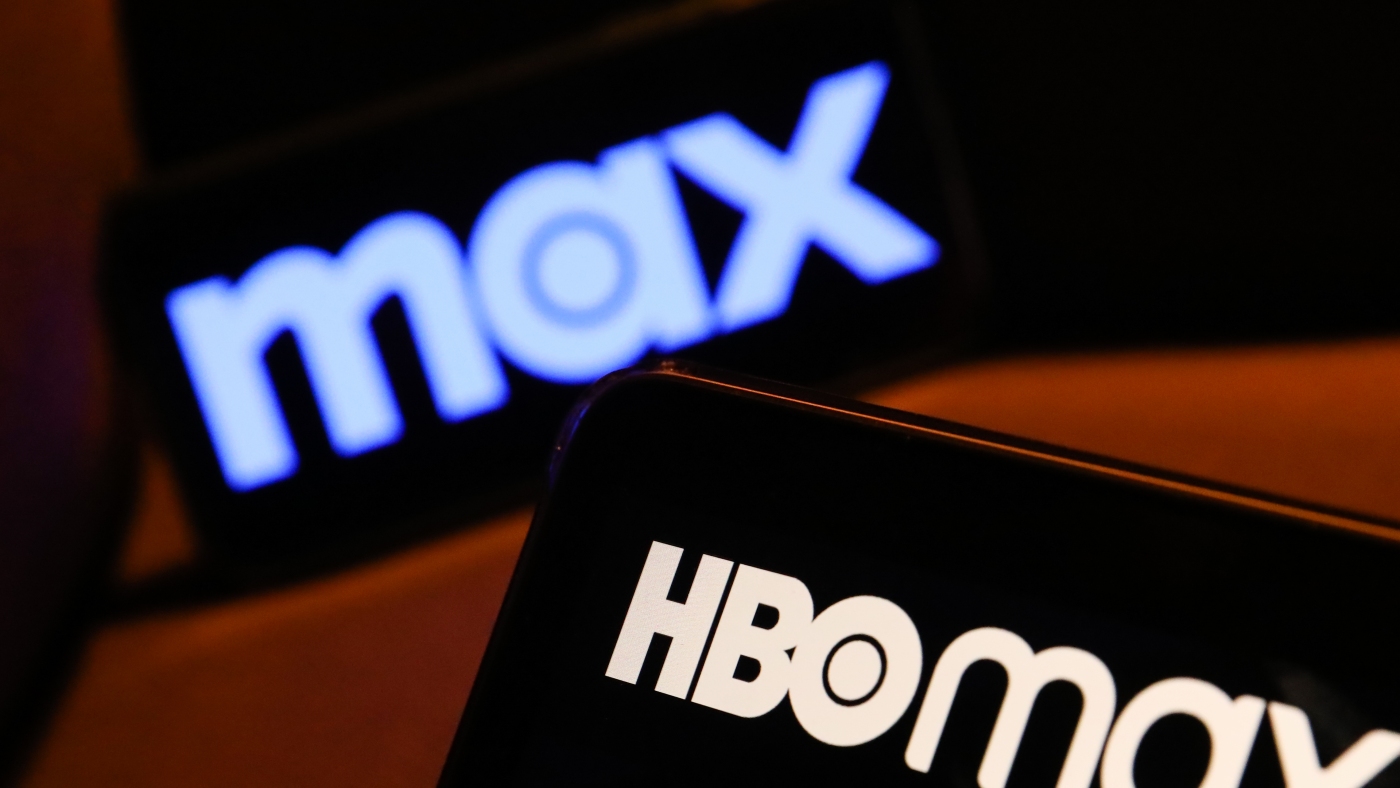The HBO Max Rebranding Saga: A Return to Familiar Ground
An intriguing and somewhat ironic twist is unfolding in the streaming world: Warner Bros. Discovery (WBD) is bringing back the HBO Max brand after a two-year hiatus. The platform, which was originally launched as HBO Max in 2020, rebranded itself as simply “Max” in 2023 following the merger between WarnerMedia and Discovery, Inc. However, the “Max” experiment did not resonate as intended, leading to a decision to revert to the original, iconic HBO Max name. This reversion marks a rare and public example of undoing a costly brand change in the hyper-competitive streaming market.
—
The Journey from HBO Max to Max
When HBO Max debuted, it combined premium HBO content with a broader array of Warner Bros and Turner network programming, aiming to be a powerhouse streaming service. The brand HBO carried significant cachet, known for quality storytelling and prestigious originals. Yet after the WarnerMedia and Discovery merger, the newly formed WBD sought to unify the company’s vast content under a single, streamlined brand—“Max.” This was meant to present a wider offering beyond just HBO’s prestige, appealing to a broader demographic, including family-friendly programming and general entertainment.
The rebranding to “Max” was accompanied by a hefty marketing push to familiarize consumers and industry insiders with the new identity. The hope was that shedding “HBO” from the name would signal a fresh start, tapping into the combined strength of all Discovery and Warner content. Yet, this initiative faced significant challenges.
—
Why “Max” Failed to Stick
Despite the strategic reasoning, the simplified “Max” brand struggled on several fronts:
– Loss of HBO’s Brand Equity: HBO itself is a brand synonymous with high-quality, premium original content, known for classics that have shaped television culture. Dropping “HBO” from the name diluted this association, risking alienation of its loyal subscriber base.
– Consumer Confusion: The change caused confusion among consumers who had long associated “HBO Max” with the service offering. This confusion extended both to existing subscribers and potential new customers, complicating marketing efforts.
– Identity Crisis: “Max” as a single word felt generic compared to the more defined HBO Max identity; it lacked the instant recognition and prestige necessary to compete against giants like Netflix, Disney+, and Amazon Prime.
– Mixed Messaging: The name “Max” was supposed to reflect a wide-ranging library but ultimately muddled the platform’s positioning within a highly fragmented streaming ecosystem where clear brand identities matter immensely.
—
The Reinstatement of HBO Max
Announced in mid-2024, WBD declared it would reinstate the HBO Max name officially. This shift is seen as an acknowledgment of the misstep and an effort to restore subscriber confidence and brand clarity. The move intends to:
– Reinforce Brand Strength: Capitalizing on HBO’s established legacy of quality and premium storytelling that resonates with audiences.
– Simplify the Offering: Clarify the service’s identity in a crowded streaming market where differentiation is key.
– Drive Subscriber Growth: Leverage loyal HBO fans and appeal to new customers by emphasizing “HBO” as a mark of curated, high-caliber content.
– Align Messaging: Help marketers, reporters, and consumers better understand and recall the platform’s value proposition.
—
The Broader Context: Challenges in Streaming Branding
This rebranding U-turn is illustrative of larger challenges streaming providers face:
– Market Saturation: The streaming landscape is intensely competitive; every brand tweak risks subscriber churn or confusion.
– Content vs. Brand Identity: Strong content can be undermined if the brand identity does not clearly convey value or fails to connect emotionally with viewers.
– Merger Complexities: Mergers often require integrating diverse content and cultures, complicating branding decisions.
– Consumer Behavior: Brand loyalty and recognition significantly influence subscription choices in a market flooded with options.
—
Strategic Lessons from the HBO Max Naming Reversal
Warner Bros. Discovery’s decision underscores several strategic insights for media companies:
– Value of Legacy Brands: Established brands with strong equity wield powerful influence and are difficult to replace without losing customer trust.
– Clarity Over Novelty: Simplifying or novel branding approaches must be weighed against the risk of diluting what consumers already value.
– Importance of Market Testing: Comprehensive consumer feedback pre-rebranding can signal possible pushback or confusion.
– Agility in Branding: Streaming companies need nimble marketing strategies able to respond quickly to subscriber sentiments and market realities.
—
Conclusion: Returning Home to HBO Max
The reemergence of HBO Max signals Warner Bros. Discovery’s recognition of HBO’s enduring brand strength within a turbulent streaming environment. After two years of experimentation, “Max” has given way to a more familiar identity that aligns with subscriber expectations and amplifies the platform’s unique offerings. This case study not only serves as a cautionary tale about abrupt rebranding but also highlights the indelible value of legacy brands in an era where streaming platforms are battling fiercely for attention, loyalty, and market position. As streaming audiences seek trusted names alongside fresh content, HBO Max’s return offers both a fresh start and a homecoming.


